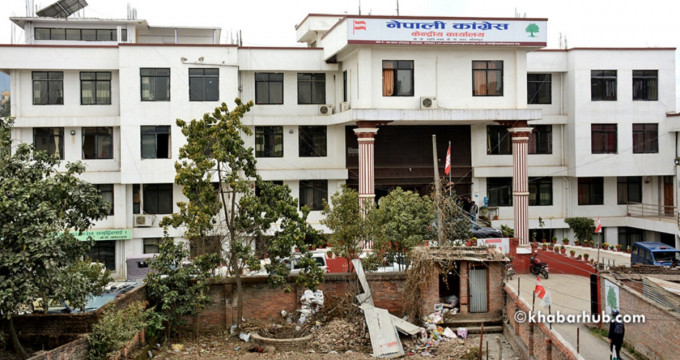One of the biggest mistakes gardeners make is not starting to harvest their vegetable gardens early enough.
You don’t have to wait until the announcement of an impending frost before reaping what you have sown. Vegetable gardens should be harvested over a long period of time starting as early as late spring.
By now, you should be in full harvest mode, gathering the fruits (if you will) of having a vegetable garden. If you do the chore properly, you will have a long season of fresh produce.
Start with thinnings. All plants need room to fully develop, so eating the thinned plants is the first of the garden’s harvest. Thinning starts in spring, but it should continue as plants grow.
Carrots, beets, radishes and leafy lettuces such as romaine and arugula, for example, must be thinned or they will be stunted. Collards, turnips and even Brussels sprouts need to be thinned, too.
Many new gardeners are scared to thin out seedlings. How much space to provide? Well, you know how big these crops are when you buy them at the supermarket. Ultimately, there should be enough room between your seedlings for them to reach that size.
Ah, but don’t thin all at once. The trick is to give seedlings an inch or so between each other to start. Then thin several more times as the plants grow. This way you get bigger and thus more things to eat.
Next, some vegetables need to be harvested before they get too mature and stop producing. Snap peas, snow peas and green beans, for example, slow and then stop flowering if their pods get too old. So don’t let that happen. Continually harvest young pods, and plants will continue flowering.
If you want actual peas instead of pods, stop harvesting a few weeks before the end of the season, or dedicate a few plants to it.
Then there are the “grow-back” plants. These are vegetables that will produce a new crop after the previous one has been harvested.
There are two types. The first are those vegetables you don’t want to flower, because once they do, they concentrate on seed development and the harvest ends. Mustard greens, arugula, garlic chives, romaine lettuce, spinach and Swiss chard are in this group. They can be continually harvested by carefully cutting leaves back so not to damage the crown. As the plant grows back, there is new harvest-able material.
The second group of grow-back plants requires flowering, but cutting back the flowers encourages new ones to grow.
Broccoli is the prime example. Cut the flowers off the main stalk (before they open, preferably), but let the plant continue to grow. New flowers will appear, and you can harvest these the same way until the end of the season. Similarly, indeterminate tomatoes, the ones that vine, will continue to produce better if you harvest tomatoes as they mature. The plant is encouraged to develop new flowers and thus tomatoes.
Finally, there are those plants that simply can’t wait until the end of the season to be harvested. Kohlrabi and radish become pulpy if they get too mature. Cucumbers can become bitter.
You know how big a vegetable is supposed to be. Harvest yours when they reach that size, even if it is in the middle of the season.
I am betting there is something in your garden that needs harvesting right now. Personally, I always have a sharp knife and a basket with me when I go out to water and fuss around in ours. Isn’t this what the garden is for?
READ ALSO:







